The Grand Organ at Westminster Cathedral was built by Henry Willis III. Willis and Hill vied for position as England finest organ builders but Willis probably has the reputation for building more exciting pipe organs, with especially fine reed stops.
The first scheme for a new organ was actually proposed by T C Lewis in 1910 to a specification drawn up by Richard Runciman Terry, the first Master of Music. This proposal was for a large organ in several parts divided between the Apse and Tribunes above the nave on the north side. Only the Choir Organ in the Apse was ever built and it was another ten years before Cardinal Bourne approached John Courage asking him to be the adviser on a new scheme for the Grand Organ.
Don’t miss part 1 of this blog where I write about the Apse Organ at Westminster Cathedral.
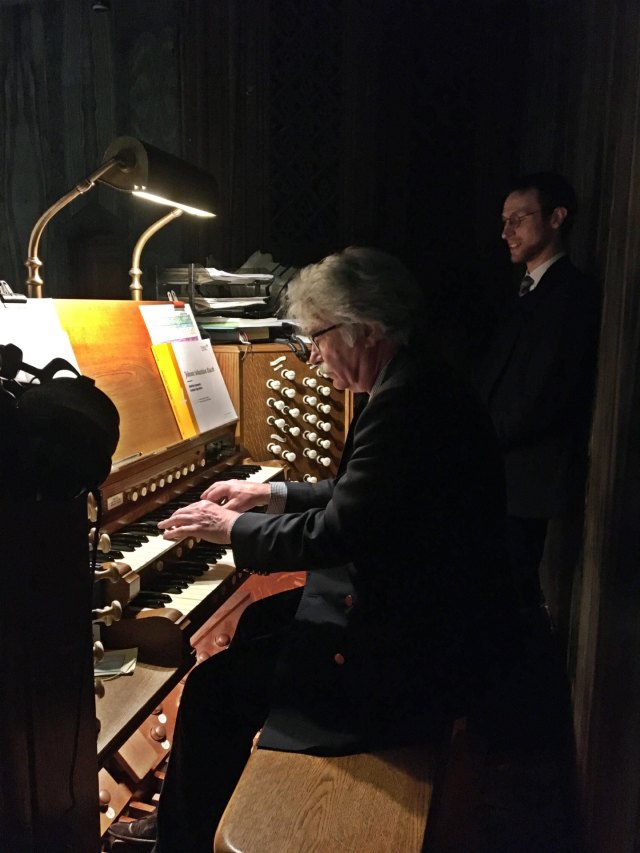
Marcel Dupré and Louis Vierne on the Grand Organ at Westminster Cathedral
In particular, it was Dupré who insisted that the organ should be at the west end as is common on the continent, rather than where Bentley, the Cathedral Architect, had intended it to be, in a position more typical of the English Cathedrals.
The first stage of the Grand Organ (only 33 stops) was inaugurated by Dupré in 1922. Over the next ten years, Dupré and others, including Reginald Goss-Custard, Edwin Lemare, Joseph Bonnet and Guy Weitz to name but a few, gave recitals which provided funds towards the gradual augmentation of the specification.
In 1924 Louis Vierne gave a recital during which Henry Willis brought him a theme to improvise on. Willis was rather taken aback to discover that Vierne was practically blind, and his nervousness as he hummed what he had written – the chimes of the clock at the Houses of Parliament – caused him to put the tune the wrong way round! Vierne used this improvisation as the basis for his famous Carillon de Westminster, dedicating it ‘à mon ami Henri Willis, facteur d’orgues à Londres’
Restoration of the Grand Organ
By the early 1980’s the Grand Organ at Westminster Cathedral was in a state of severe deterioration. The action had become noisy, and maintenance had been seriously compromised ever since the addition in 1926 of the large electric console at the Apse to control both the Apse and the Grand Organs.
After a complete restoration, the organ was reopened in 1985 by David Hill, who was then Master of Music. The pipework was cleaned having lain for years under a thick blanket of dust and soot from candles and incense, and extensive re-voicing was carried out where necessary.
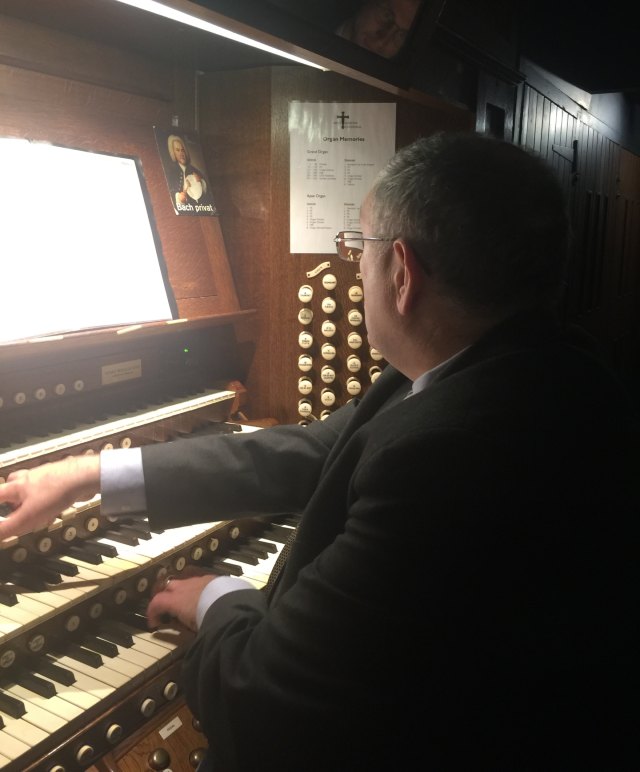
An eight-level solid-state capture system was installed, and the action was overhauled. I am indebted to Charles Cole for much of the above information which I have repeated from his account on the Westminster Cathedral web site.
The Westminster Cathedral Grand Organ full of nice surprises
The flight deck of the Grand Organ sits high up dead centre of the nave and offers the organist, if he turns round, a magnificent view down the nave. It is a wonderful point from which to take a post recital bow!
The console is unaltered from its original build and I would think still uses the original keyboards. These have a pneumatic action that today drives an electric action to connect to the soundboards. Touch is frighteningly close to the top of the key stroke. You only have to sneeze and the instrument responds with sound. The stop list and colour availability is just enormous, 78 stops if I have got it right from 76 different ranks.
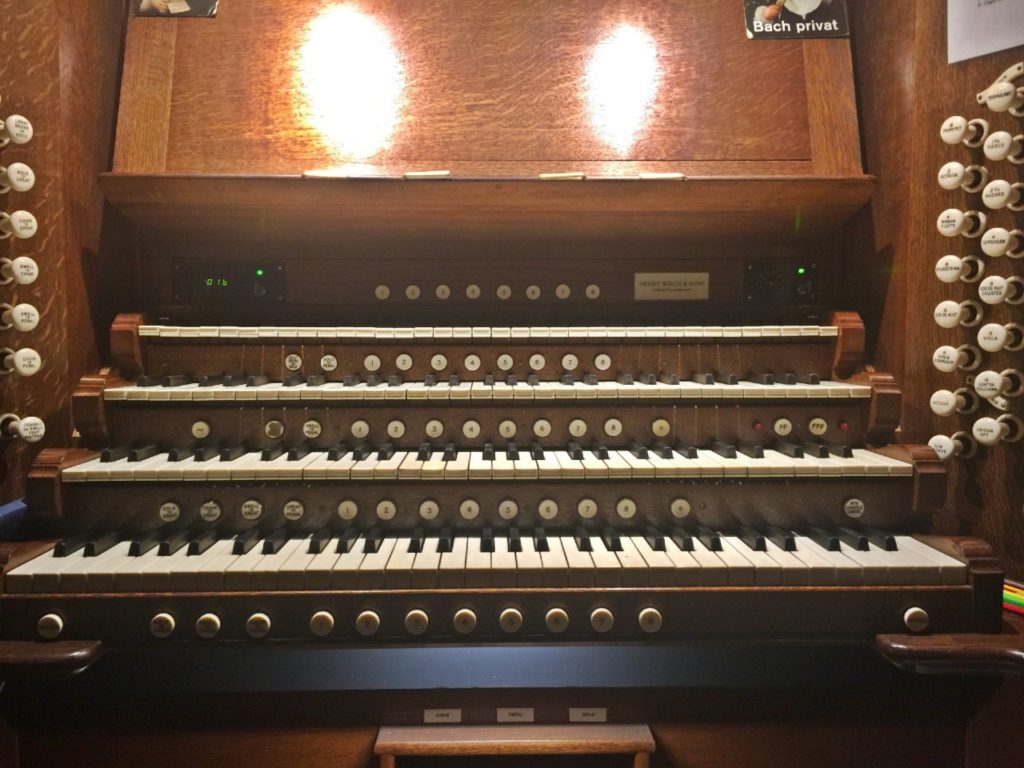
Another first for my organ education was encountering a split great division. The 19 stops of this section of the organ are divided into two halves. A coupler, Great II on Choir then allows this second section to be played from the Choir and leaves just Great I playing from its original manual.
The specific situations where this facility may be helpful are well beyond my musical pay-grade, but I have yet to meet an organist who does not want more flexibility of where voices can be played from. ‘Great Reeds on Choir’ is by contrast a more commonplace facility and this is but another variation of that concept.
A stop that caught Richard’s attention – in fact he had done his homework and seen it on the online specification – was the ‘Tenth’ on the Great, with the pitch marking ‘3’.
This is actually a rank of 3 1/5ft which plays ten notes above the 8’ fundamental and so it is actually a tierce to the 16 ft fundamental. Hence, in combination with the 16 ft, 8 ft, Quint of 5 1/3 ft, and the 4 ft, it allows you to create a Grand Cornet based on a 16 ft fundamental, as found on Cavaille-Coll’s monumental instrument at St Ouen, Rouen.
So here is an English organ that enables accurate reproduction of the Classical French repertoire!
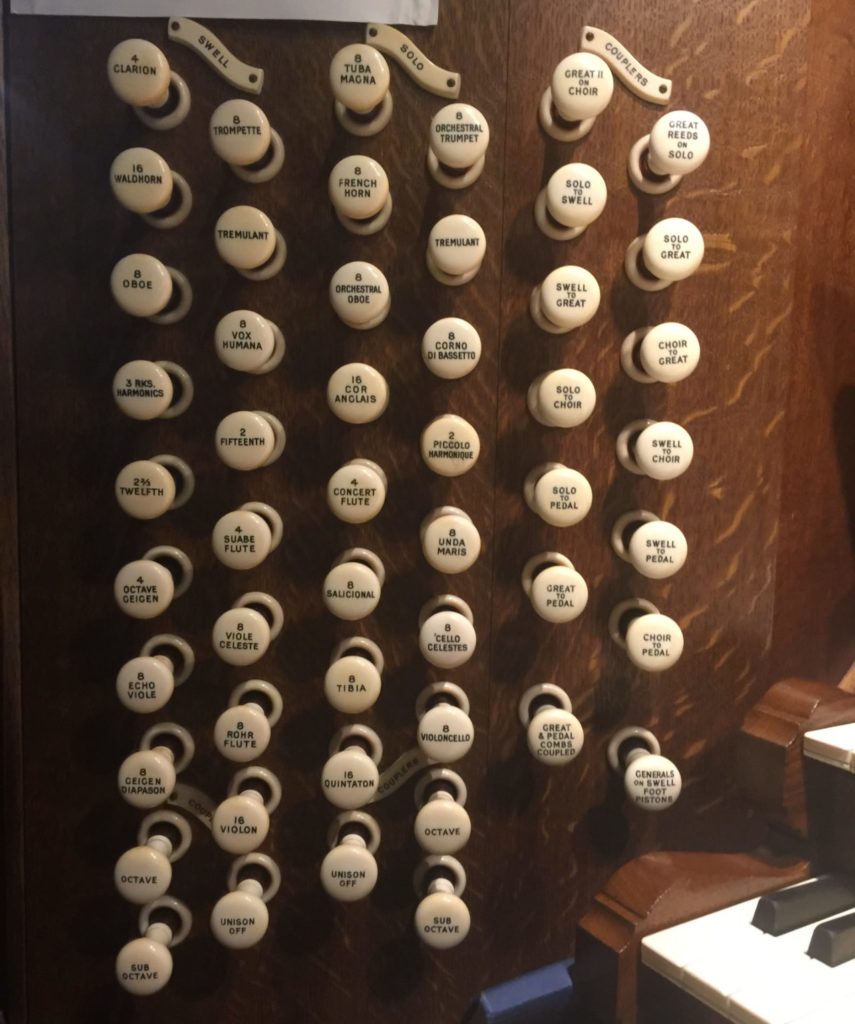
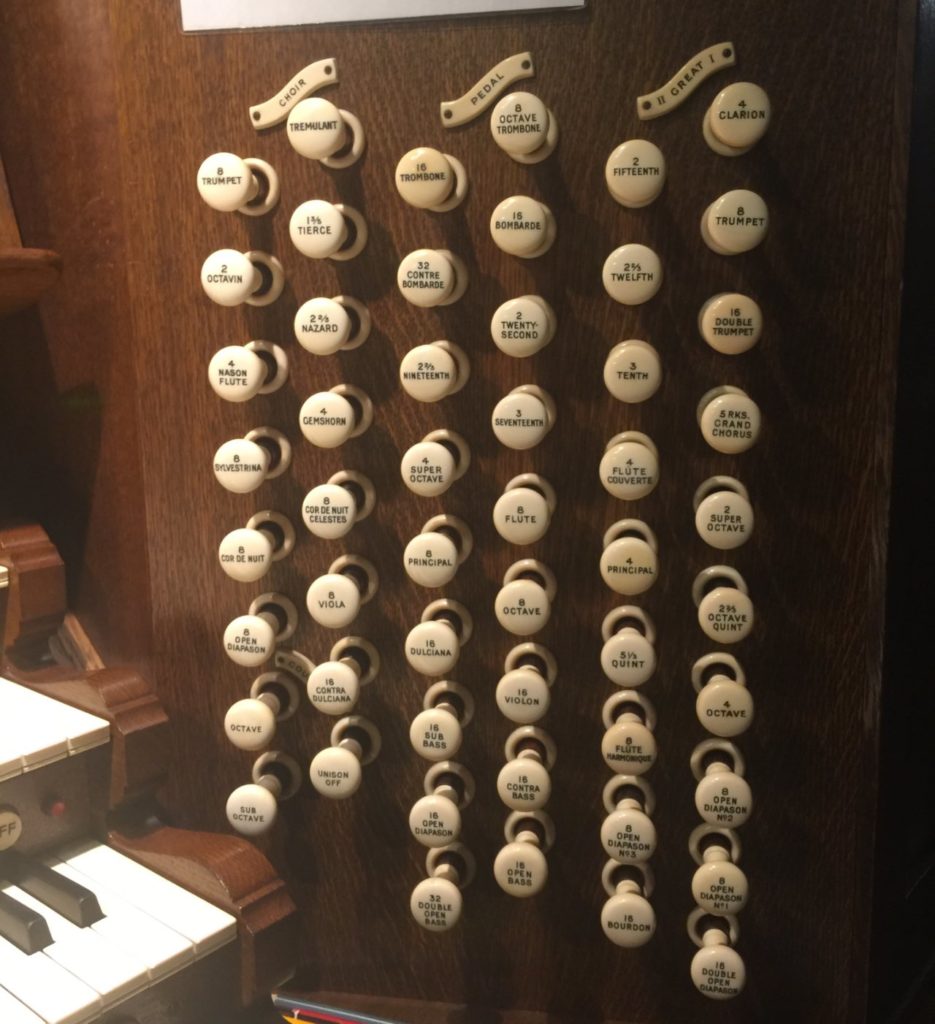
Incredible experience at the Grand Organ Console
How often have I said that the organist is so very often in the worst possible place to enjoy the sound he is creating. The Grand Organ at Westminster is a very notable exception to this rule.
With any instrument of this size you can only scratch the surface in the hour or so we had with Peter. Even so I left in no doubt that the sound at the console was the most exciting of any of the great and large organs I have had the privilege to play. These include Saint Sulpice and St Ouen Rouen.
In fact I can honestly say I doubt any organ elsewhere in the world can match the experience at the console of the full organ. It is shattering and would no doubt be subject to a health warning if exposed to for any prolonged length of time.
Peter suggested I put on the headphones available there too to dampen the effect, but why would I do that! Just unbelievable!
Find out more about the organs of Westminster Cathedral in part 1 of this blog where I wrote about the Apse Organ at Westminster Cathedral.
I have had a passion for church organs since the tender age of 12. I own and run Viscount Organs with a close attention to the detail that musicians appreciate; and a clear understanding of the benefits of digital technology and keeping to the traditional and emotional elements of organ playing.
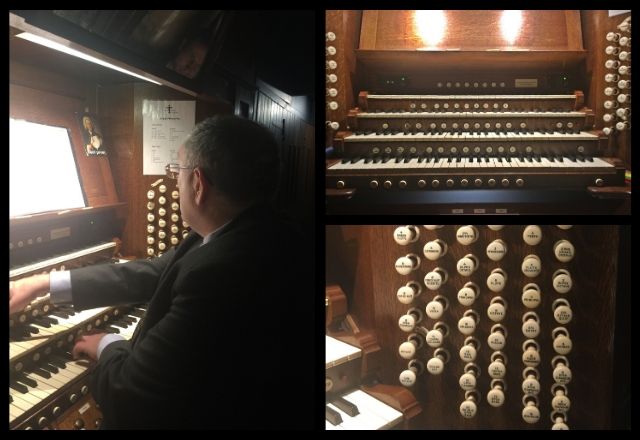



I love to play the organ , I was lucky enough to have a Willis organ at my school in the Elliott Hall Hatch End for us to play . Unfortunately this organ consul has been stolen and we are only left with the decorative pipes . We are devastated by this vandalism